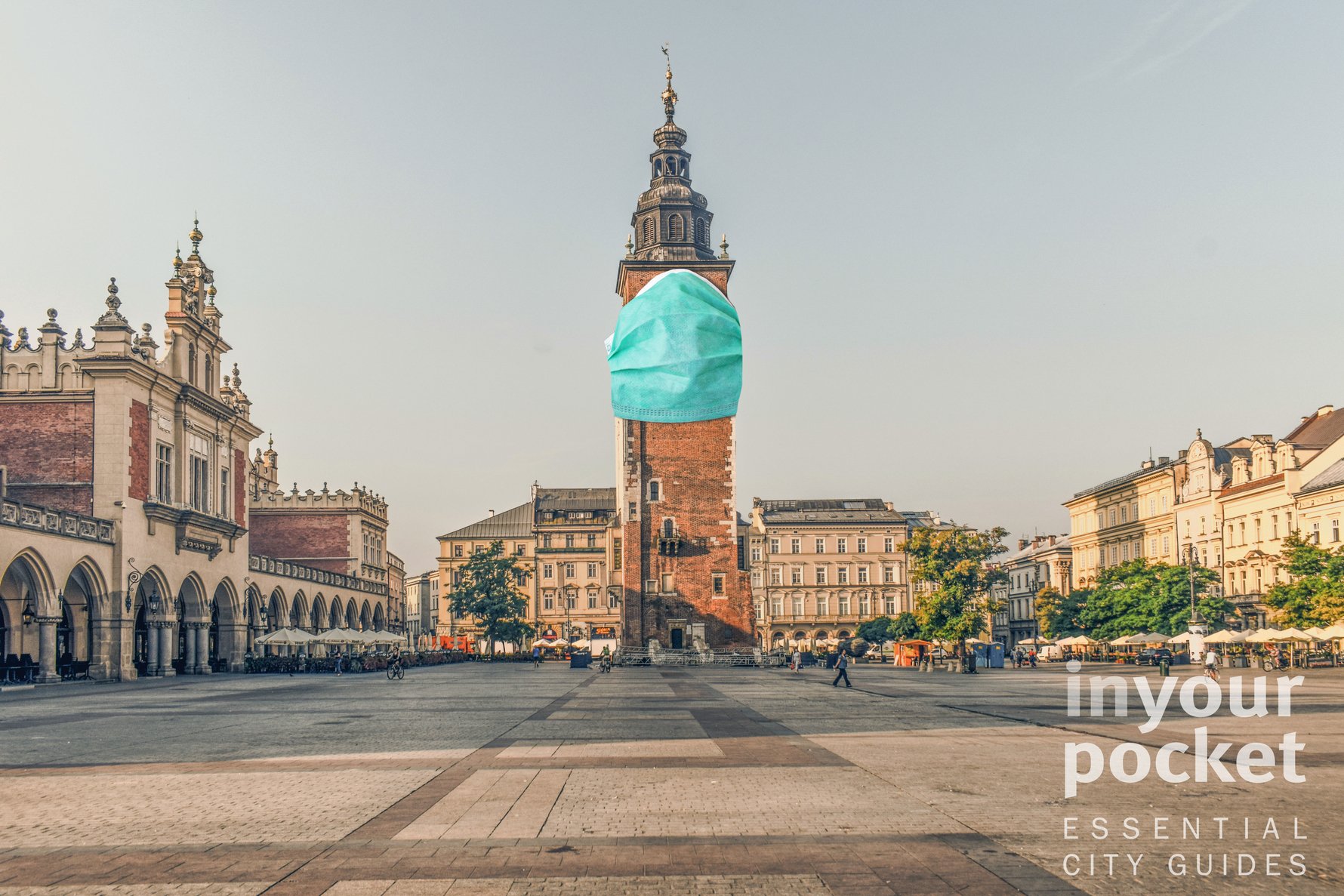
In Poland, as elsewhere, the number of Coronavirus cases is increasing daily (12,877 as of May 1) and the government has imposed profound restrictions on public life that are being felt by everyone. On March 13 Polish authorities declared a 'State of Epidemic Threat' which denies foreigners entry into the country beginning at midnight on March 14/15. International flights and trains have been suspended, gatherings of over 50 people (including churches) have been banned, schools have been closed, and all restaurants and bars are now closed until at least the end of March. Previously, on March 11th, the Polish Prime Minister announced the closure of all cultural venues and institutions, including museums, theatres and cinemas, across all of Poland. With that announcement, Kraków's tourism industry, services and attractions essentially shut down for the foreseeable future. That includes all Kraków museums, exhibitions, Auschwitz, Wieliczka Salt Mine, etc.
Read our article on the Coronavirus in Kraków: Latest Travel Info & Updates.
I'm in Kraków during the Coronavirus Crisis. What Can I Still Do?
First of all, please take the situation seriously and do everything possible to protect yourself from the virus and prevent its spread to others. The best advice, and we are not kidding, is to isolate yourself by staying at home or in your hotel. Isolation is the only vaccine at the moment.COMMON SENSE TIPS FOR AVOIDING CORONAVIRUS:
[Please follow these rules when following any of our other advice.]

• Avoid crowds and keep a safe distance from other people.
• Avoid touching doorhandles, handrails, etc.
• Avoid cash, use your bank card.
• Keep your face covered or avoid touching it.
With that said - and we are continuing here in the hope that readers will truly think carefully about the activities they engage in during this time - though most attractions have been closed, for tourists unfortunate enough to have travelled to Kraków at this inopportune time there are still some traditional sightseeing options that can be booked, including walking tours, bike tours and more. Visit our partner Get Your Guide and enter the date to see which offers are still available in Kraków. Get Your Guide has been updating their offers daily as availability changes and will fully refund your money if something is cancelled.
From our perspective, however, it's a better strategy to organise your own time, and while many sights are shuttered or off-limits, you can still check out some of Kraków's less visited places and open spaces. For stir-crazy locals and bored/disappointed visitors, below are our suggestions of interesting and safe places to explore in Kraków on your own during the Coronavirus crisis.
Top Things You Can Still Do in Kraków During the Coronavirus Pandemic
1) Stay Home
Did we say that? It's worth saying again.
2) Give Yourself a Self-Guided Tour
The crowds have thinned out, creating a unique opportunity to really revel in the majestic beauty of Kraków's architecture. Just don't touch anything. No seriously, there's a reason Kraków's Old Town and Kazimierz districts made it onto the inaugural list of UNESCO World Heritage Sites. You don't need a guide to tell you what's what if you find a copy of our superlative guidebook, which is basically designed to help you discover the city all on your own. Inside you'll find self-guided walking tours of all the main districts of interest - Old Town, Kazimierz, Podgórze and Nowa Huta. Get a copy of Kraków In Your Pocket from most hotel reception desks and tourist information points, download it here, or check it out on Issuu here and below.
3) Explore Wawel Royal Castle
Although all of Wawel's many indoor exhibits have been closed indefinitely, the castle complex - with its spacious interior courtyards and gardens - is still accessible and can be visited for free. One of Poland's architectural wonders, a stroll around Wawel is essential for anyone visiting Kraków, so let's hope they keep those gates open.
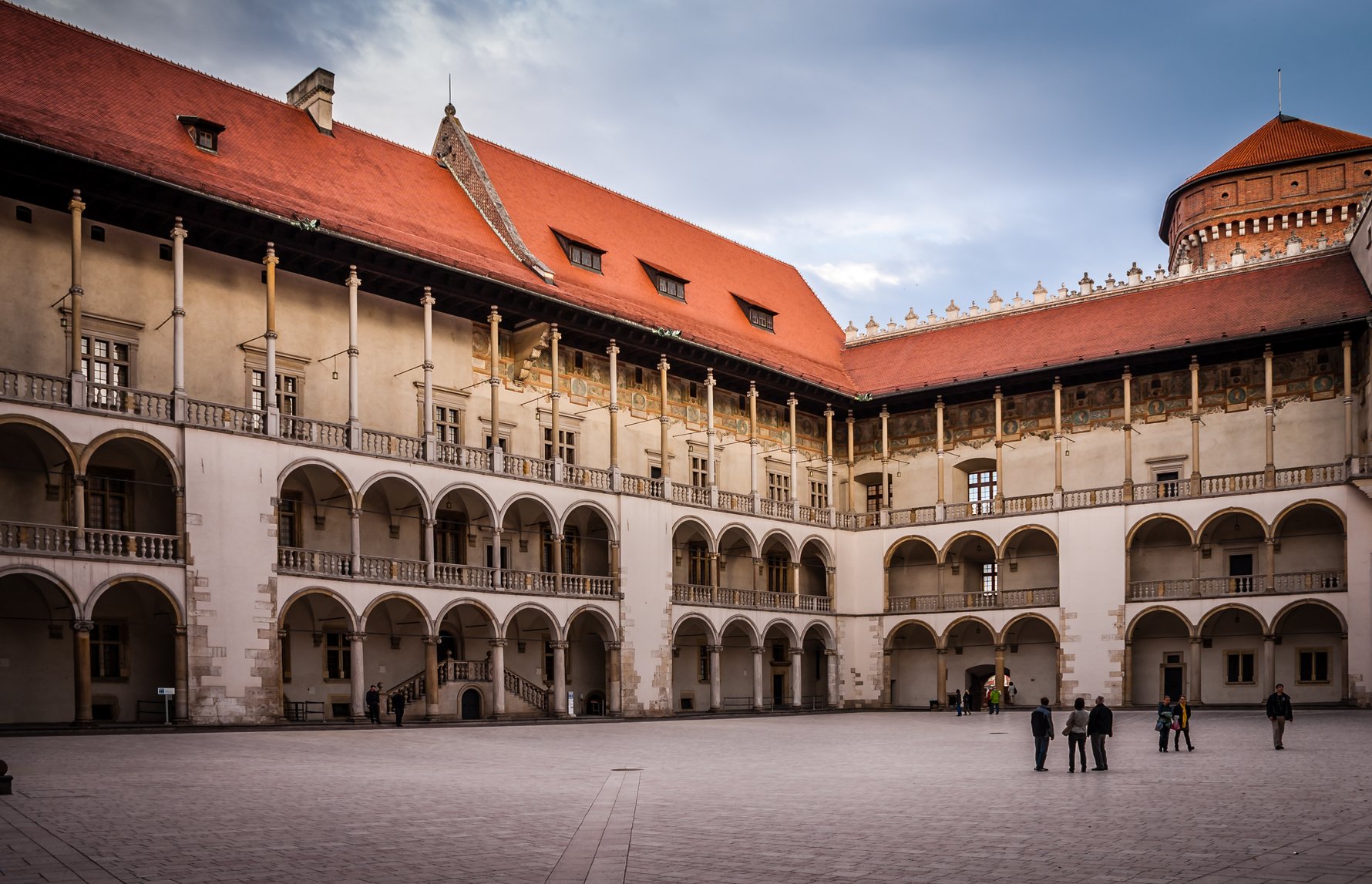
4) Cruise the River Boulevards by Bike & See Tyniec Abbey
Given the (non-Corona-related) cancellation of Kraków's city bike programme at the end of last year, it might not be super easy to get some wheels under you, but bicycle is perhaps your best mode of travel right now. Kraków's Wisła River Boulevards are well-surfaced, well-lit, and you can see quite a bit by cruising back and forth along them right in the centre, including Wawel Castle, Skałka, Cricoteka and the Norbertine Monastery.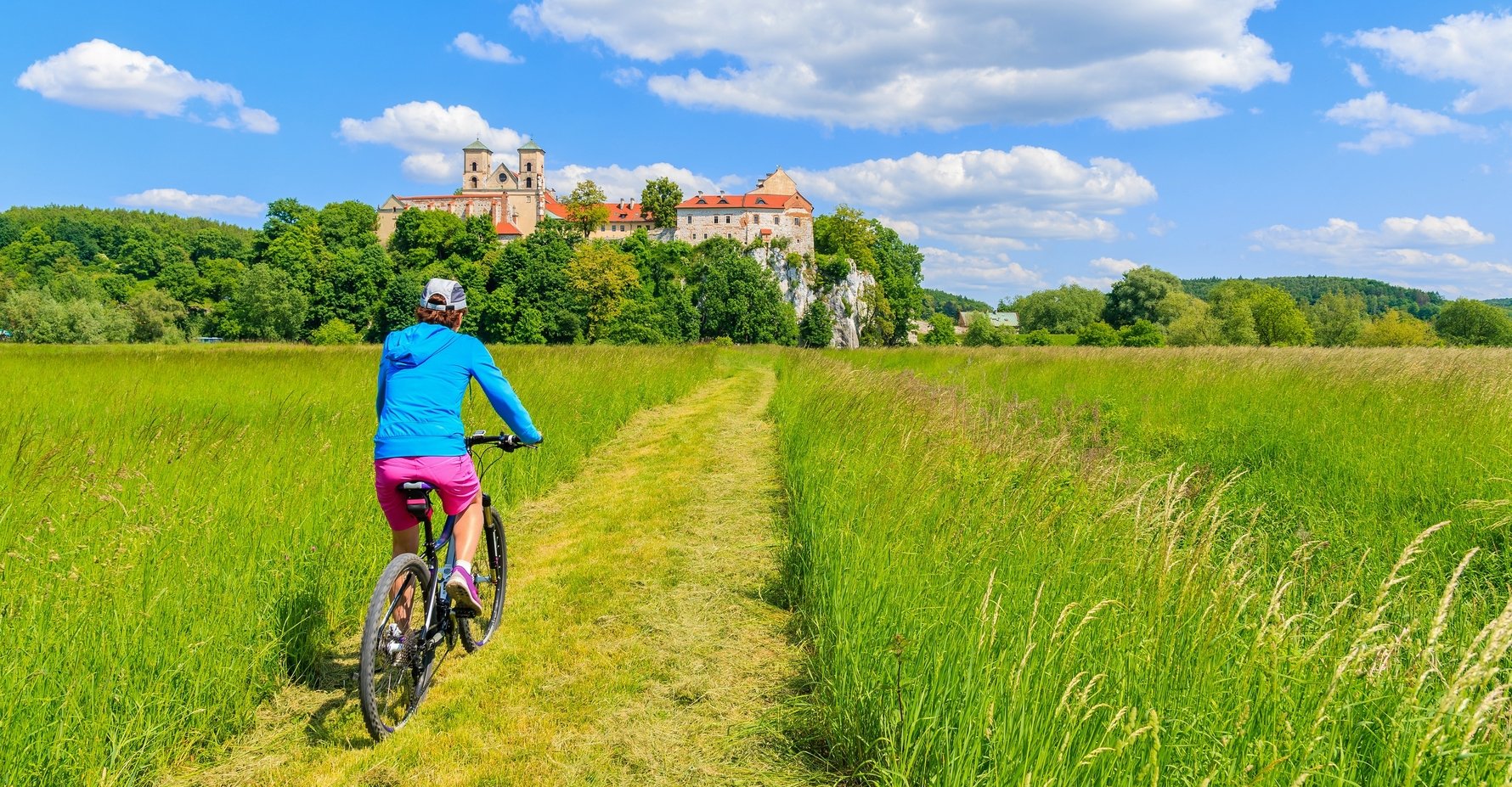
If you fancy a longer ride, beautiful Tyniec Abbey - an 11th century fortified monastery built on a cliff directly over the river - is only 10km outside of Kraków. Granted, the usually friendly and welcoming monks probably won't let you inside due to the supervirus, but it's still a sight to behold. About 40mins by bike, the ride is flat and easy and follows the river the entire way for a pleasant and easy trip. Simply cross over the Wisła River via the Dębnicki or Grunwaldzki bridges to the side opposite Wawel and follow the paths along the river west (away from Podgórze).
Find our links for bike hire here, and if that fails, try the hotels, many of which rent bikes as well.
5) Go For a River Cruise
That said, the most photogenic views of Tyniec, and all of the above-mentioned sights, are from the water. A river cruise is a relaxing way to see Kraków and not worry about contracting Coronavirus. To that end, you should consider contacting one of the companies we list to arrange a private cruise. At the moment, there aren't many river operators running regular cruises, but Aqua Fun is open for business, with departures from beneath Wawel Castle approximately every 30mins until dark.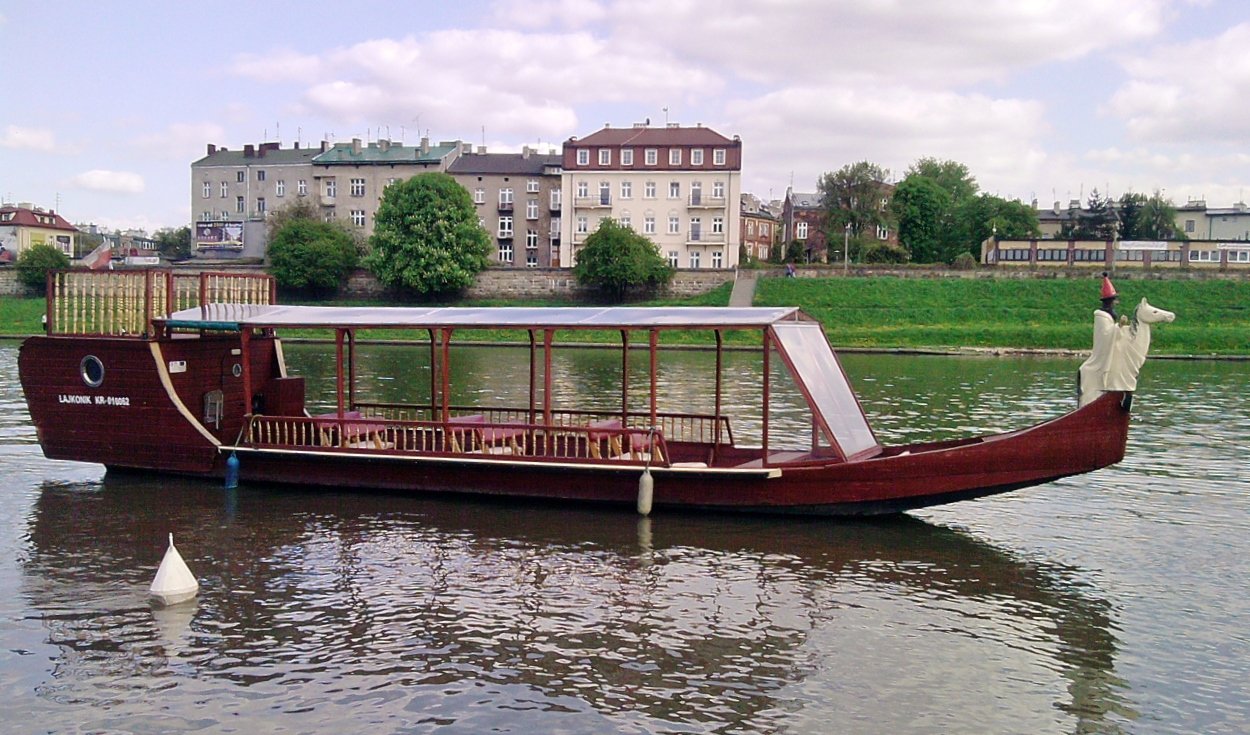
6) Explore Krzemionki
One of Kraków's lesser explored but most-rewarding areas, Krzemionki refers to the limestone bluffs above Old Podgórze, the district south of the centre over the picturesque Bernatek Footbridge. If you’re looking for more of an active day outdoors away from the crowds, Krzemionki is for you. This scenic upshot of limestone cliffs includes the lovely and wild Bednarski Park - which you could (and should!) spend the better part of a day exploring to the west, as well as Fort Benedict on Lasota Hill to the east. To access the latter, head to ul. Rękawka and take the rocky dirt trail just past ul. Krakusa, which leads up into the woods straight to Lasota Hill.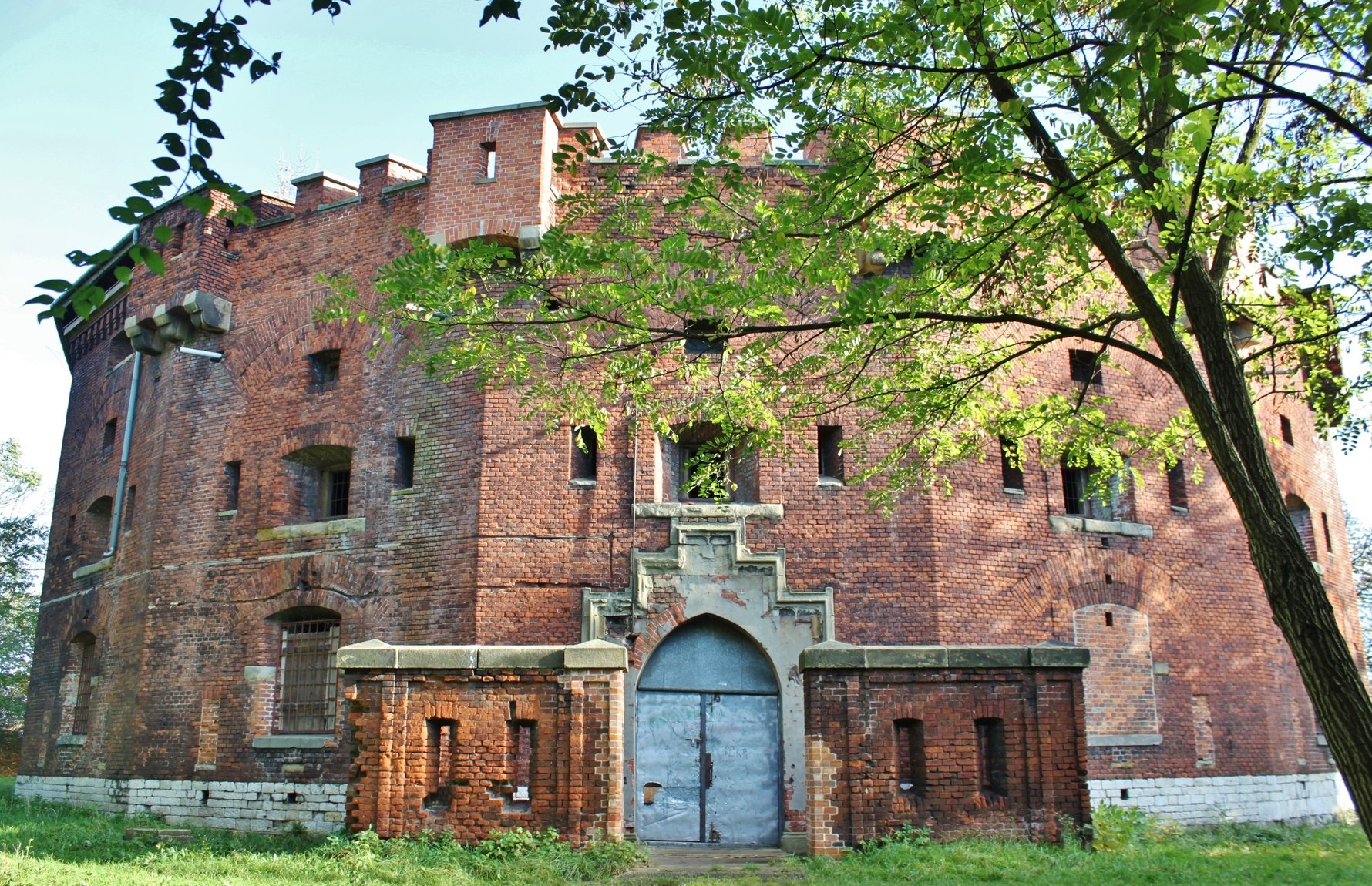
7) Visit Krakus Mound
From Lasota Hill you'll see the mysterious Krakus Mound in the distance to the south. It's not as far as it looks! About a 15min walk away from Lasota Hill, Krakus Mound is the oldest structure in Kraków - one of two prehistoric monumental mounds in the city and also its highest point, providing incredible panoramic views from its sixteen-metre high summit. Surrounded by parks, and alongside the evocative Liban Quarry, if you really do it right you’ll be enjoying views of the sun setting behind the Old Town while cracking a victory beer atop its bald peak. Congrats, and cheers.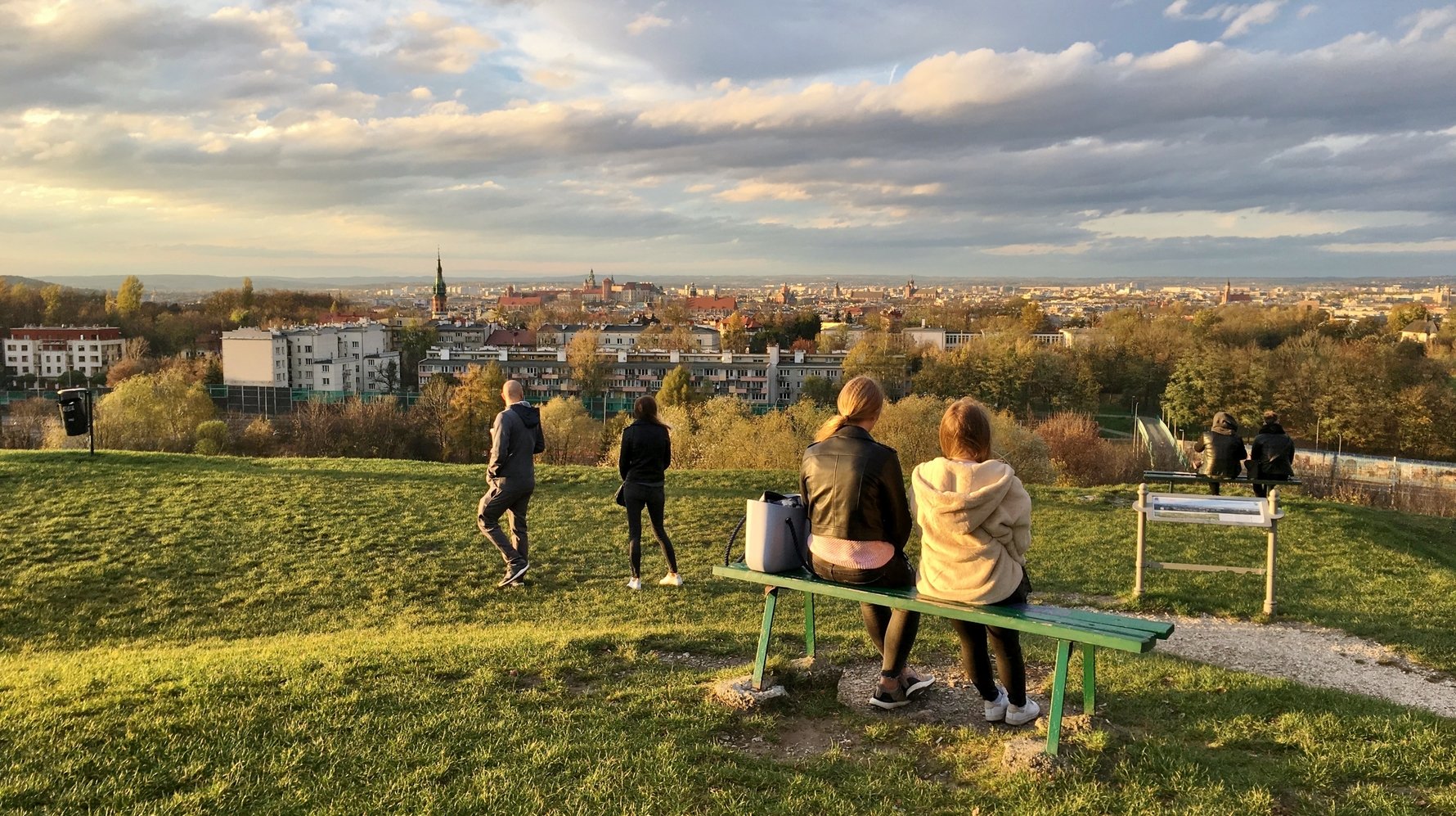
8) Get Lost in Liban Quarry
Alongside Krakus Mound, as you'll easily see from its summit, lies Liban Quarry, one of the creepiest, most forgotten places in Kraków. Inside this carved-out limestone depression, the Nazis set-up as a cruel penal camp during WWII where 800 young Poles were kept prisoner from 1942 to 1944 performing forced labour. In 1993 Steven Spielberg used Liban as the set of all the scenes from Schindler's List that take place in the KL Płaszów concentration camp (see below). During filming 34 barracks and watchtowers were set-up inside the quarry, and though most of the set was subsequently removed, some traces remain confusingly mixed with the genuine historical leftovers from the war, making it unclear just how uncomfortable you should feel as you explore the site. Certainly most disturbing is the central pathway paved with Jewish headstones, which we can assure you is not genuine.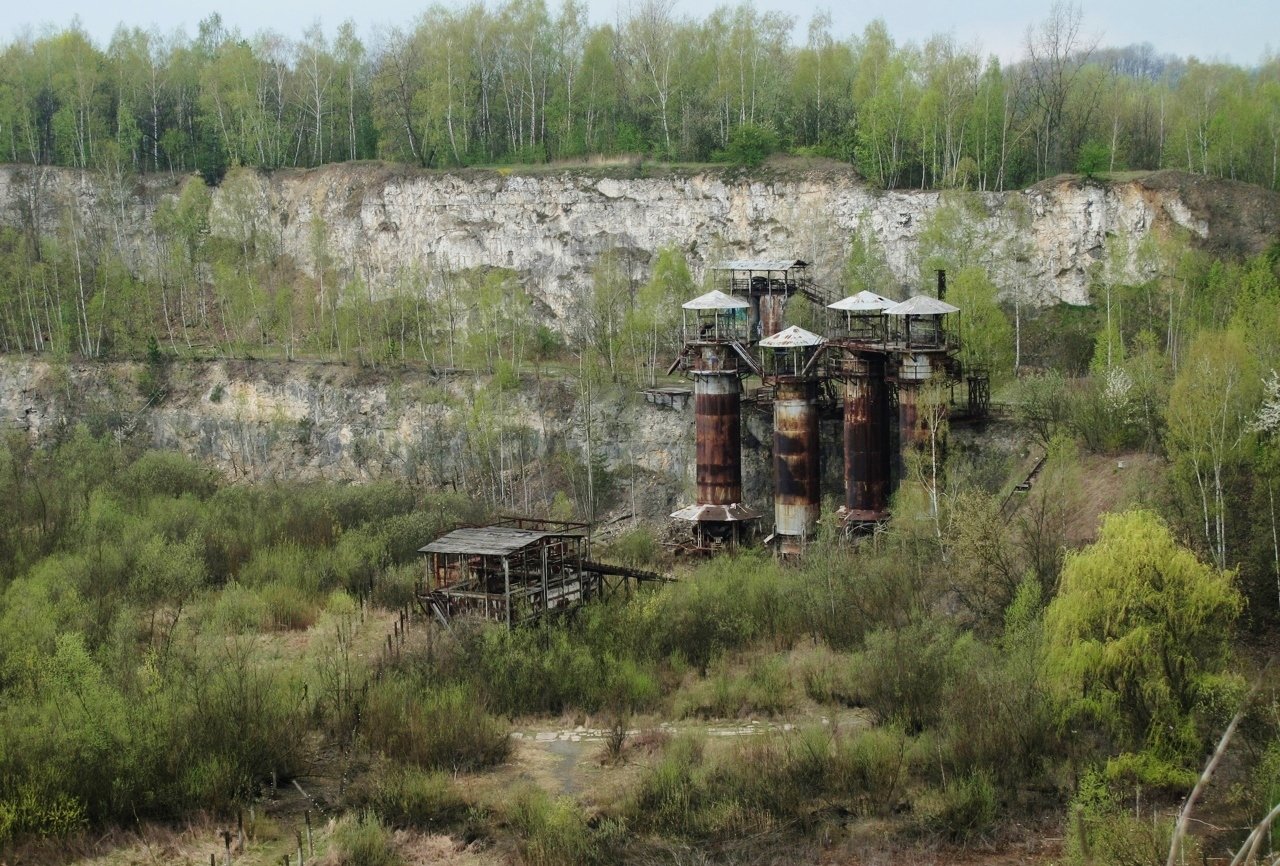
An incredibly evocative, yet peaceful and beautiful site, today Liban lies in overgrown abandon and is basically a nature sanctuary punctuated with rusting refinery equipment, fence posts, gravestones and even some tangles of barbed wire (be careful!) amongst the brush. Enter the quarry at your own risk by following a trail from behind Krakus Mound toward Podgórze Cemetery, along the rim of and then down into the quarry.
9) Discover KL Płaszów
Although Auschwitz-Birkenau - which is currently closed to visitors (#coronavirus) - gets all the attention and visits from tourists, Kraków actually has a concentration camp in its own backyard. Just beyond Liban lies the former site of ‘Konzentrationslager Plaszow bei Krakau’ - the Nazi German concentration camp in Płaszów, today a wild, uneven expanse of dirt, grass, weeds and stone. It was here that many of the real-life events Steven Spielberg’s blockbuster film Schindler’s List took place. Somewhere in the neighbourhood of 150,000 prisoners were interred in this 80 hectare prison camp, and the number who perished here is actually impossible to know, but it is certainly in the tens of thousands. Largely still in the same state it was left by the Nazis when they abandoned it at the end of WWII, those intrepid enough to make the journey to Płaszów will still find a few war-era buildings, several memorials and some scattered Jewish tombstones. An outdoor exhibit of archival photographs with brief historical information also offers visitors some clues about the camp’s layout. More of a pilgrimage than a destination, Płaszów rewards those who walk its obscure paths with the opportunity to engage the past without any pressure or pretence. This is the most horrific place in Kraków; and the most peaceful. To learn about Płaszów’s history, what to see and how to get there, read our exhaustive online feature.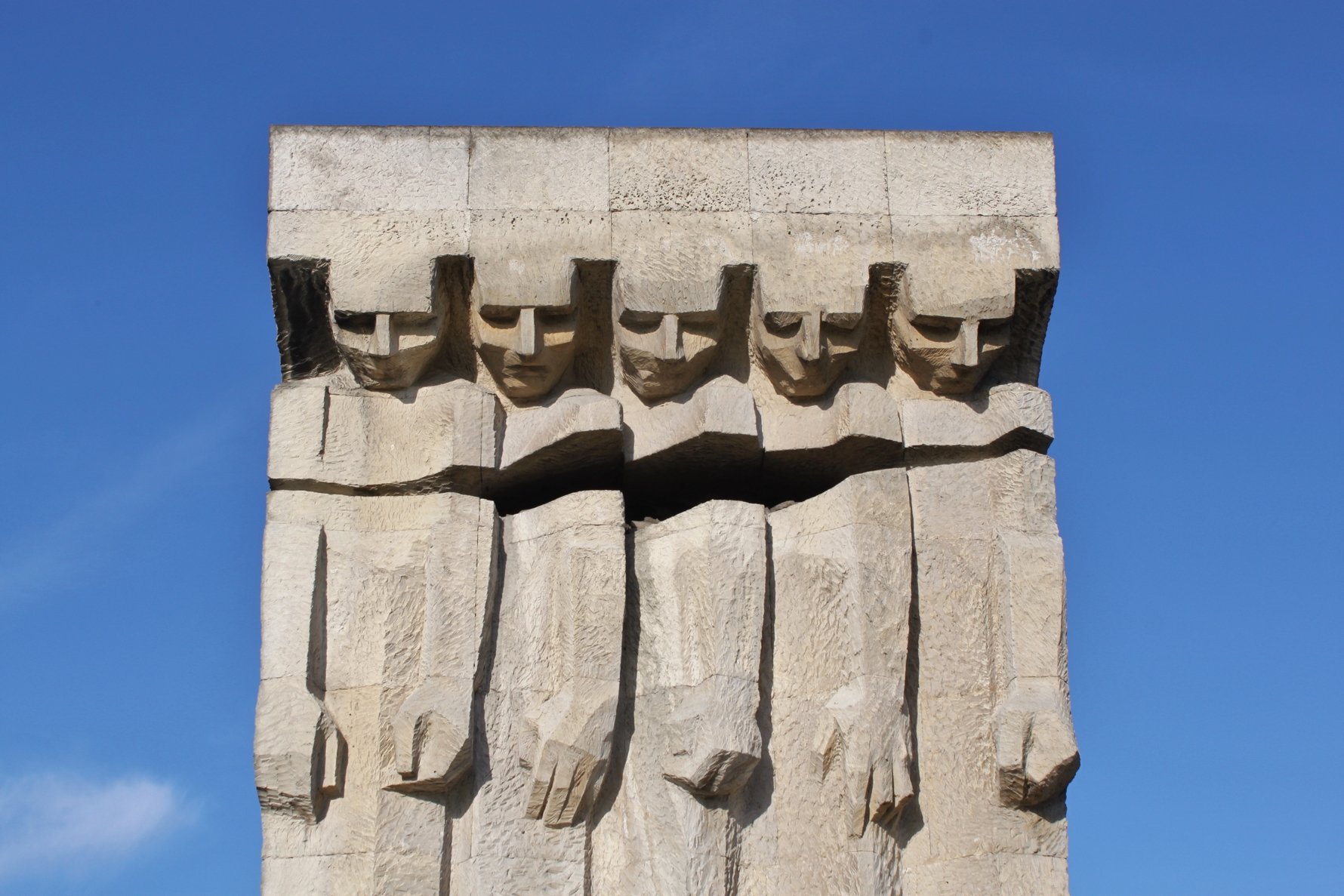
10) Go Hiking in Wolski Forest
One of Kraków’s best diversions is Las Wolski (Wolski Forest) - a massive protected woodland atop several hills that majestically tower over the city centre a mere 8km to the west. The forest’s close proximity and easy access make it one of the best recreational areas available to Cracovians; Las Wolski’s 422 hectares (1042 acres) include eight marked hiking trails (total length 35km/22 miles), a cycling path, horse-riding trail and cross-country skiing route. In addition to being an important local recreational enclave and wildlife habitat for deer, badgers, hares, foxes and other critters, the forest also shelters several places of interest, including the Kraków Zoo, Przegorzały Castle (closed), Pilsudski Mound and the mysterious Camaldolese Monastery atop Srebrna Góra (Silver Mountain). If you're eager to escape the city and stay away from people, this is the ideal option; follow the links for more info and go spend an afternoon getting lost in Las Wolski.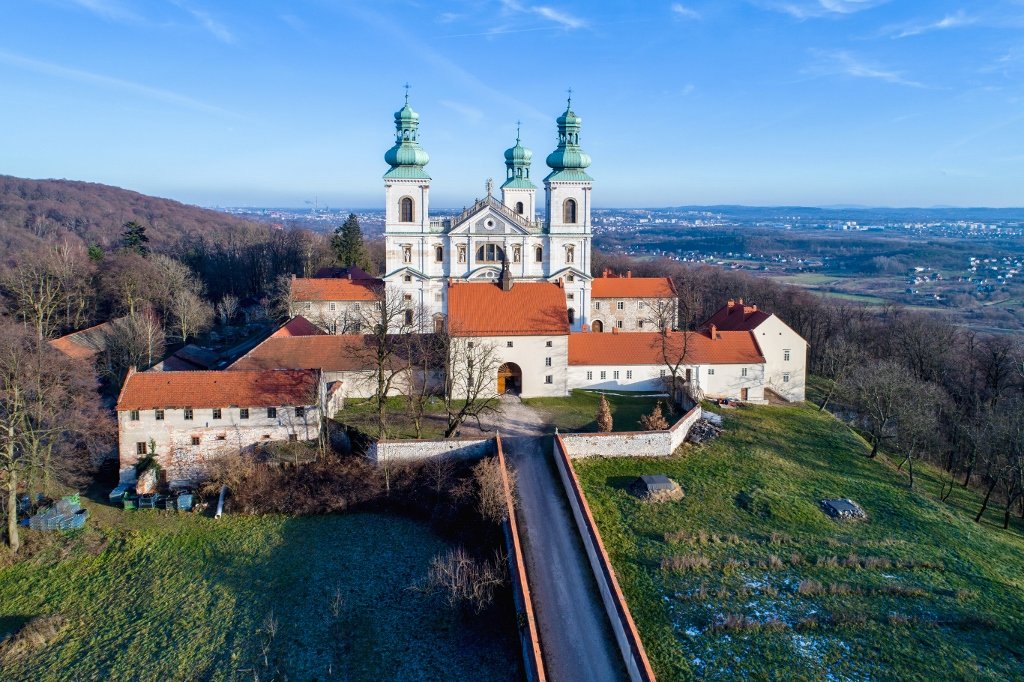


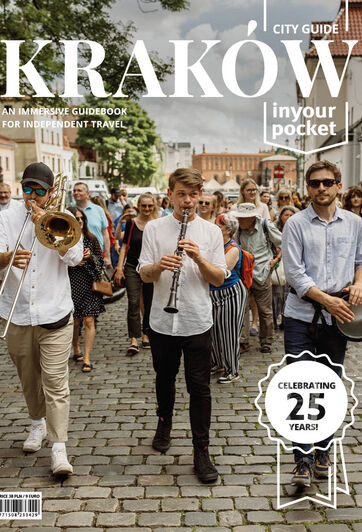


Comments